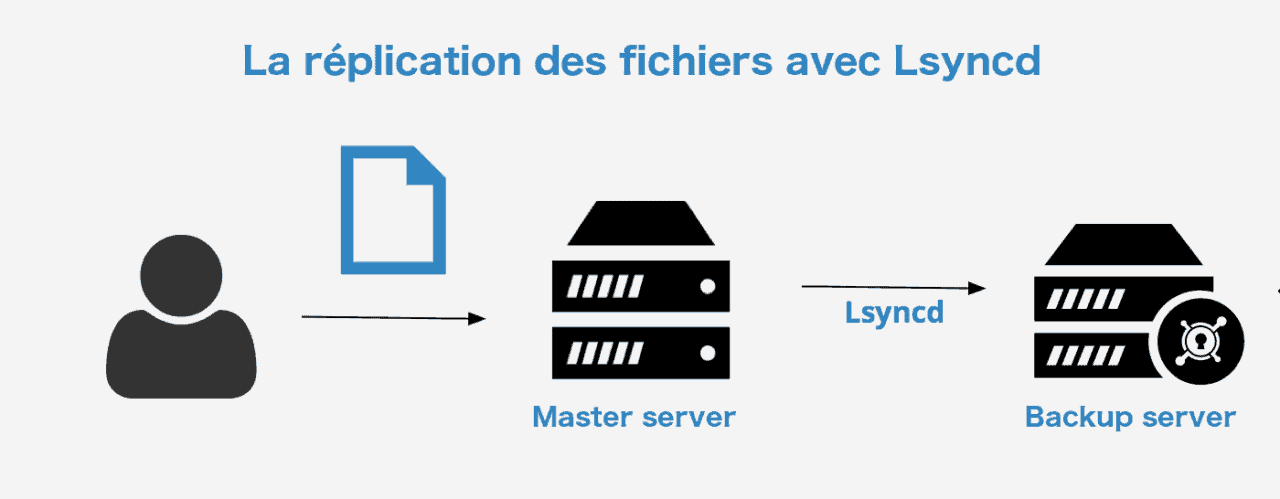

If the check finds files not synchronized a touch command on file will update timestamp on file and next synchronize task will copy missing files. The output is appended and refreshed every time rsync output a new line. The ⌘K shortcut kicks off the -checksum process. The user has to evaluate the result self and take required actions. RsyncOSX does not evaluate the result from the check function. This is a time consuming task because rsync computes and compare the checksum for every file and it is therefore best for verifying a backup. Files with not equal checksum are listed. If the sender's and recipient's versions of the file have many sections in common, the utility needs to transfer relatively little data to synchronize the files.

This very rarely happens, but if it does, please contact . The rolling checksum used in rsync is based on Mark Adler's adler-32 checksum, which is used in zlib, and is itself based on Fletcher's checksum. If the checksums do not match, gsutil deletes the invalid copy and print a warning message.
Setting NUM to 0 causes rsync to use the default of CWtime() for checksum seed. Using the -checksum option forces an entire file read, as opposed to the default block-by-block delta-transfer checksum checking. This option is used to set a specific checksum seed, which is useful for applications that want repeatable block and file checksums, or in the case where the user wants a more random checksum seed. This is why it's off by default for local transfers. Send alert emails when the following events occur. At the end of every upload or download, the gsutil rsync command validates that the checksum of the source file/object matches the checksum of the destination file/object. Calculating the checksums even introduces a speed down in this case. erty that it is very cheap to calculate the checksum of a. For the checksum to output for a file, either the -checksum option must be in-effect or the file must have been transferred without a salted checksum being used. Using the -checksum option forces an entire file read, as opposed to the default block-by-block delta-transfer checksum checking. For older rsync protocols/versions, the checksum was salted, and is thus not a useful value (and is not displayed when that is the case). This is why its off by default for local transfers. Rsync computes and compares the checksum of all files. When this setting is enabled, Rsync also compares content of both files using checksums. The weak rolling checksum used in the rsync algorithm needs to have the prop-. Calculating the checksums even introduces a speed down in this case. The -checksum parameters forces rsync to evaluate files based upon 128-bit MD5 checksum. When synchronizing files based upon the –archive parameter, rsync compares file size and last modification time to compute which files to be synchronized. Files transferred in –archive mode ensures that symbolic links, devices, permissions, ownerships, modification times, ACLs, and extended attributes are preserved. The -archive parameter to rsync preserves a lot of attributes of files when synchronizing. The -archive parameter is the normal parameter to use in synchronize and snapshot tasks because it is fast. The check of synchronized data is triggered by the File -> Check synchronized menu or the ⌘K shortcut.


 0 kommentar(er)
0 kommentar(er)
